I love getting out in nature and capturing terrific photos of wildlife. Due to location, distance and travel requirements during Covid-19, that’s not always possible. I find the next best thing is a wildlife sanctuary or zoo.
We have some terrific conservation zoos here in Australia. I have recently visited a few zoos, and one of the problems I encountered was that by preserving the animals’ natural habitat was that they are often so far away from the viewing platform. Which means finding them can be a little tricky.
The same thing often happens with being out in nature. This where a really good zoom lens can make a BIG difference. It also gives you the choice between multiple scenes within a single area for your images. I adore my Tamron 70-300mm for the extra reach it gives me.
Get the best of both worlds
From a single vantage point, you can opt for a wide-open shot, exploring the animals’ natural habitat, or by zoom in capturing a closeup and terrific detail of your chosen subject, while not annoying them or putting yourself in any danger. It can also work the other way by getting in closer you can obscure any manmade habitat, like with this Kookaburra.
.mgl-masonry { display: none; } #mgl-gallery-634ef7b0911e5 { column-count: 2; margin: -5px; } #mgl-gallery-634ef7b0911e5 .mgl-item { padding: 5px; } #mgl-gallery-634ef7b0911e5 figcaption { padding: 5px; } @media screen and (max-width: 800px) { #mgl-gallery-634ef7b0911e5 { column-count: 2; } } @media screen and (max-width: 600px) { #mgl-gallery-634ef7b0911e5 { column-count: 1; } }
70mm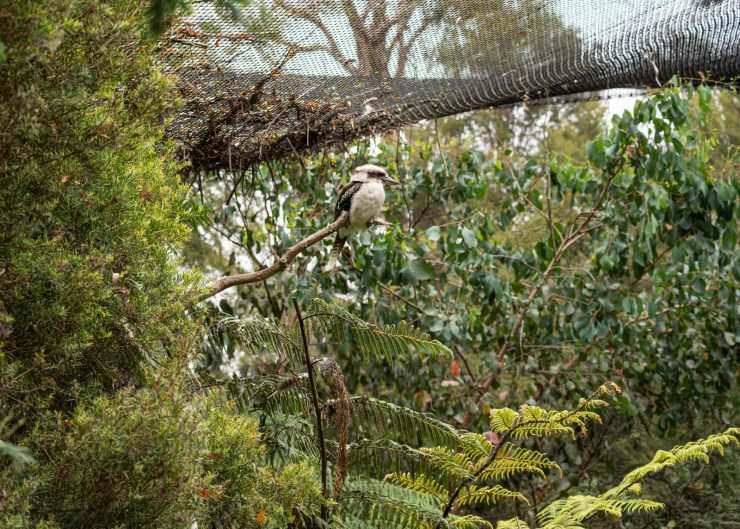
100mm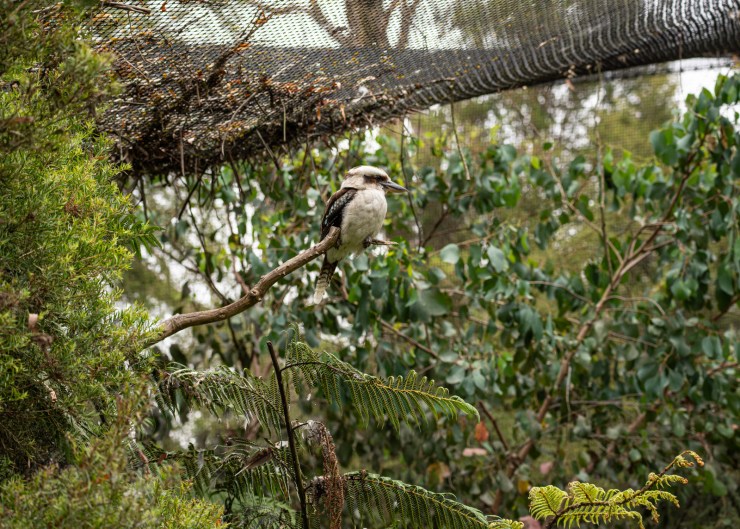
200mm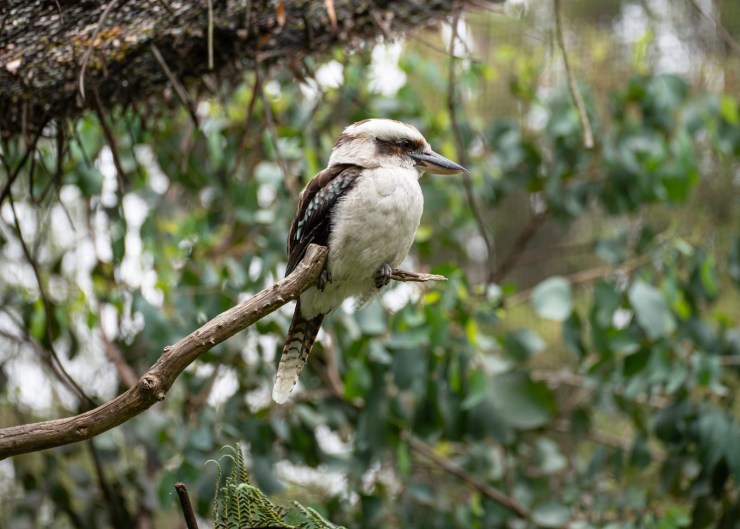
300mm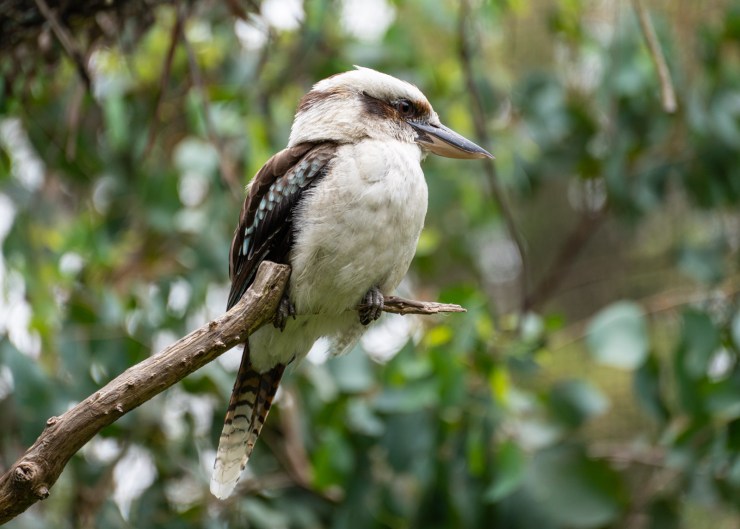
View from a safe distance
Even with wild animals considered as ‘safe,’ there is still a risk to both the photographer and the animal during these encounters. Getting too close without a guide or keeper has some risk.
Using a zoom lens at 300mm or longer can keep you far enough away for comfort and safety, but still allow you to capture a fairly closeup shot, like with this Eastern Grey Kangaroo. Throw in wild lions, tigers or other predators, a protective screen or fence would be my choice as well.
.mgl-masonry { display: none; } #mgl-gallery-634ef7b0929aa { column-count: 2; margin: -5px; } #mgl-gallery-634ef7b0929aa .mgl-item { padding: 5px; } #mgl-gallery-634ef7b0929aa figcaption { padding: 5px; } @media screen and (max-width: 800px) { #mgl-gallery-634ef7b0929aa { column-count: 2; } } @media screen and (max-width: 600px) { #mgl-gallery-634ef7b0929aa { column-count: 1; } }
70mm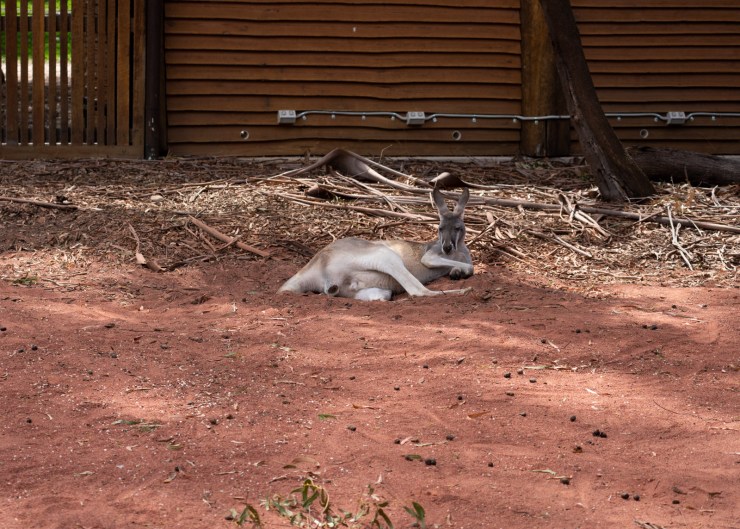
100mm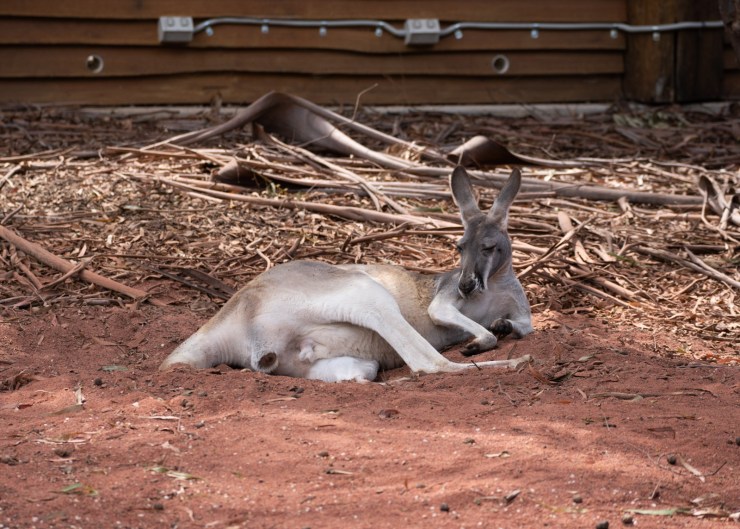
200mm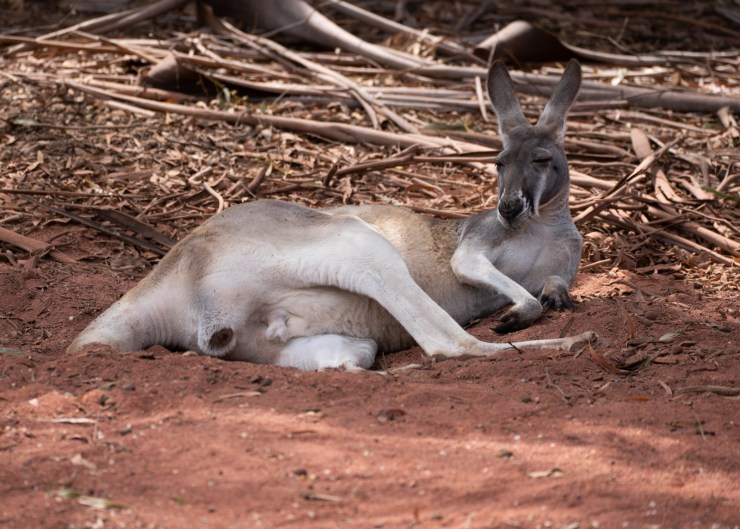
300mm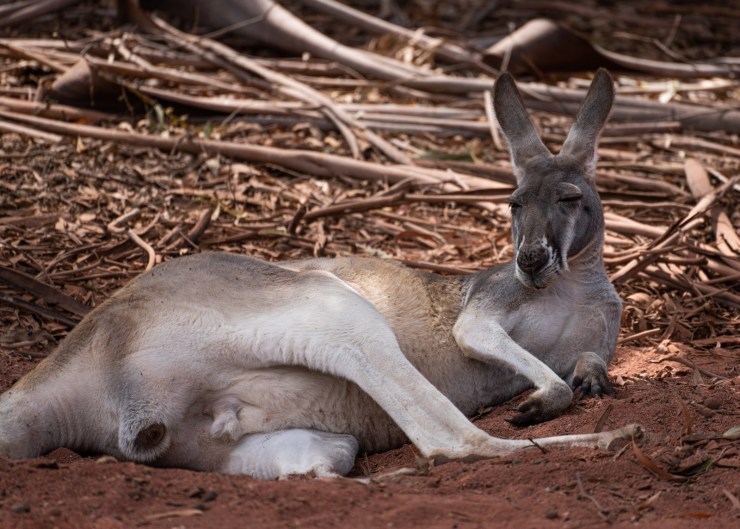
Observation without distraction
One thing about conservation and photographing nature (even in a zoo) is being able to observe your subject from a distance without causing it discomfort or distraction. Nothing quite beats a zoom lens for achieving that.
Having multiple lengths to shoot at is beneficial for capturing animals in larger groups or for capturing a variety of scenes. It also means you can stand still in one spot and not move. Moving often risks startling the animals or losing them altogether.
Even if you are not that far away have varying optical lengths to shoot with gives you plenty of choices. I can shoot from 70-300mm with my lens. Sometimes 300mm is actually too close, while 100mm or 200mm actually gives me a nicer crop, like with this koala. Having the choice to frame and shoot as I chose is fantastic.
.mgl-masonry { display: none; } #mgl-gallery-634ef7b093bbd { column-count: 2; margin: -5px; } #mgl-gallery-634ef7b093bbd .mgl-item { padding: 5px; } #mgl-gallery-634ef7b093bbd figcaption { padding: 5px; } @media screen and (max-width: 800px) { #mgl-gallery-634ef7b093bbd { column-count: 2; } } @media screen and (max-width: 600px) { #mgl-gallery-634ef7b093bbd { column-count: 1; } }
70mm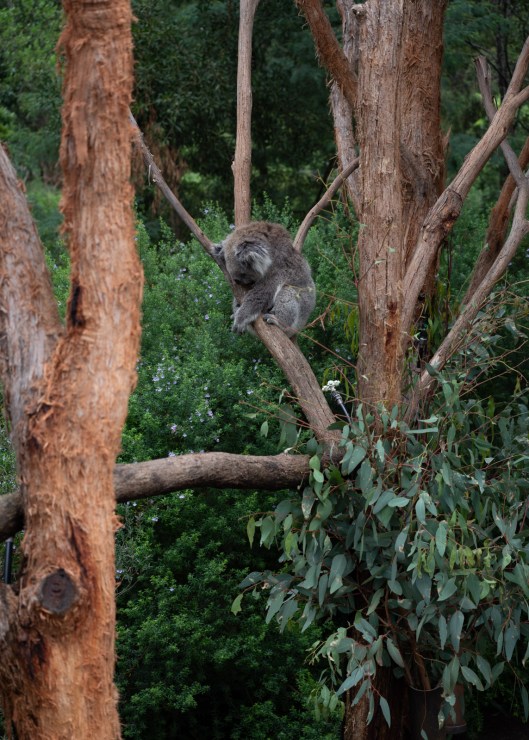
100mm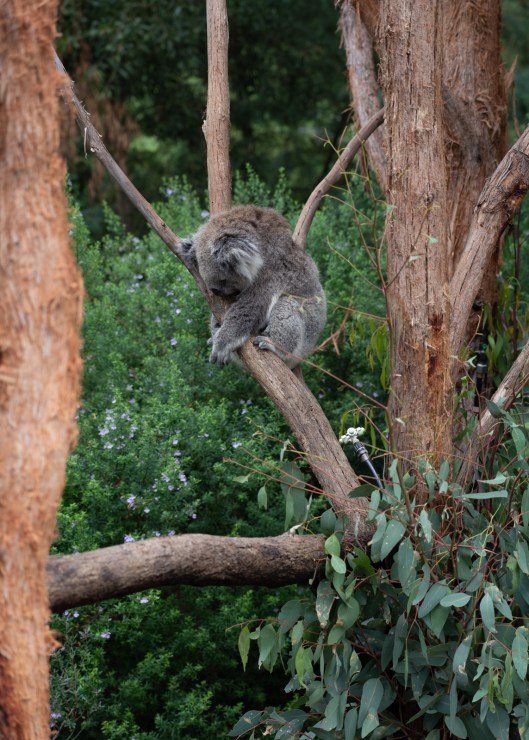
200mm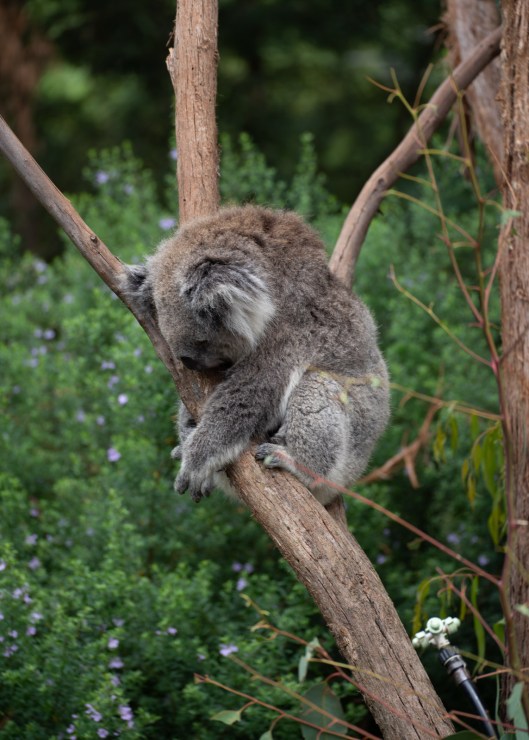
300mm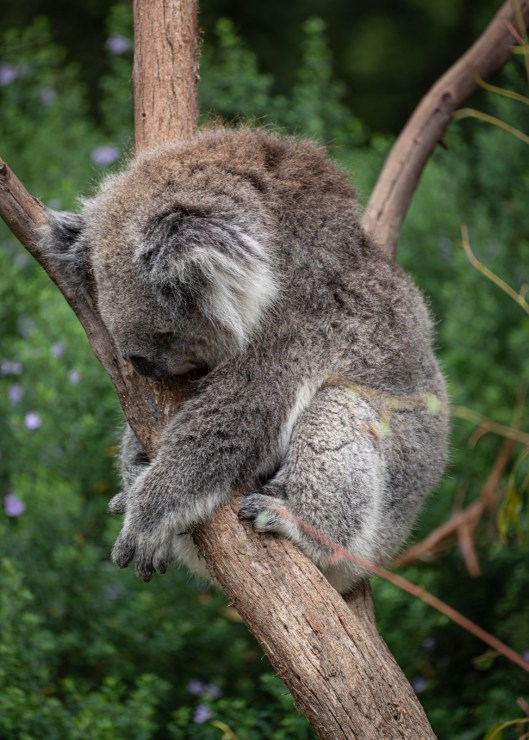
Lightweight and quiet
Another bonus to this lens is that it is small and lightweight, so carrying it around all day doesn’t get too tiresome. It is also quiet, as is my camera, meaning there is no noise to alert animals.
The only downside is that at 300mm, the largest aperture with my lens is f/6.3, meaning it’s not super quick to focus. This photo of a Tawny Frogmouth is a good example of a darker scene, but I was able to make it work due to his slow movements. Despite this concern, I still found the Tamron 70-300mm had incredible versatility for the price.
.mgl-masonry { display: none; } #mgl-gallery-634ef7b094cb2 { column-count: 2; margin: -5px; } #mgl-gallery-634ef7b094cb2 .mgl-item { padding: 5px; } #mgl-gallery-634ef7b094cb2 figcaption { padding: 5px; } @media screen and (max-width: 800px) { #mgl-gallery-634ef7b094cb2 { column-count: 2; } } @media screen and (max-width: 600px) { #mgl-gallery-634ef7b094cb2 { column-count: 1; } }
70mm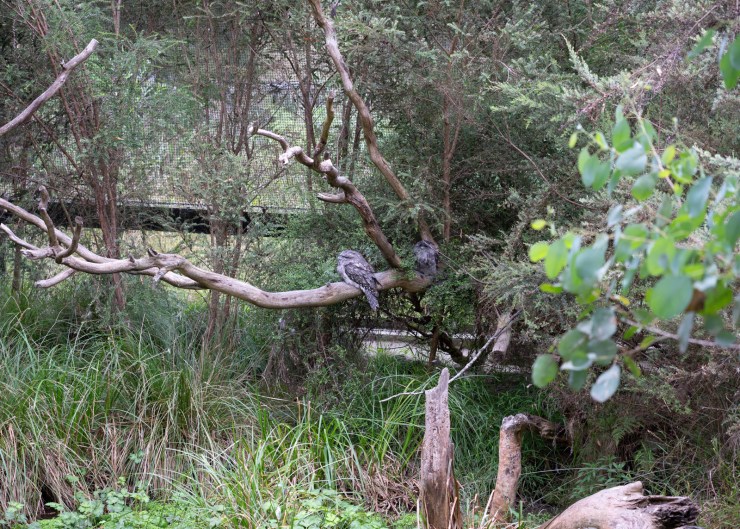
100mm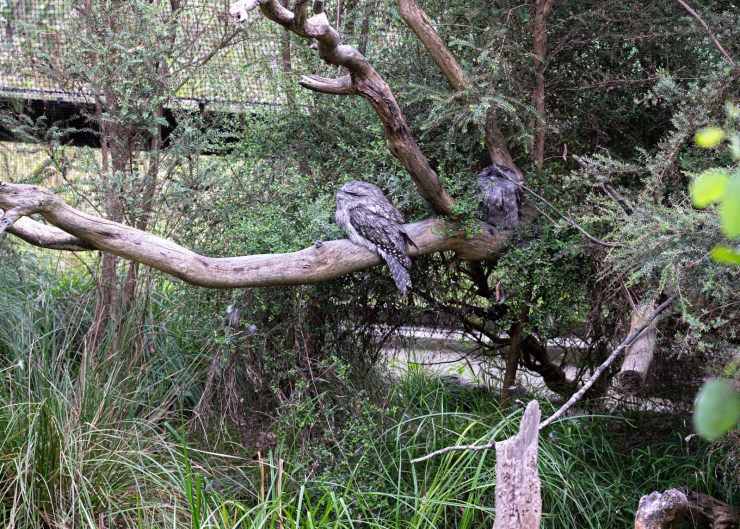
200mm
300mm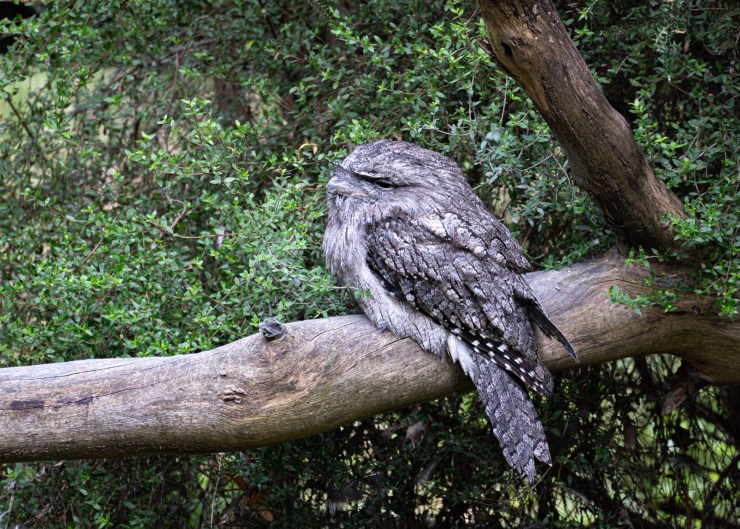
Not just about photos
Sometimes a simple photo just isn’t enough, something like a Kookaburra laughing can only be captured with video. Having the extra length to 300mm means I can capture him up close and get a great video too.
[Disclaimer: Yes, I know my video skills need some work! A monopod would have helped considerably.]
Tell your story with the second annual Visual Storytelling Conference!
Experience four days of interactive, online training sessions featuring a range of educational content with experienced photographers and content creators. This free event kicks off with a series of technical boot camps to build essential skills, followed by live, online sessions on photography, video, business and social media. Join live from March 10-13, 2022!
